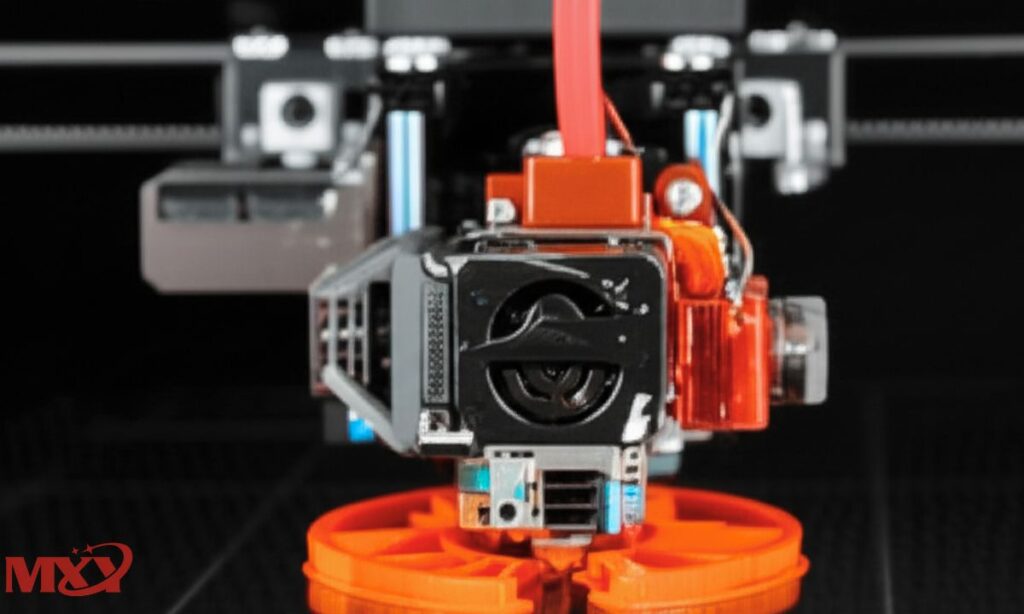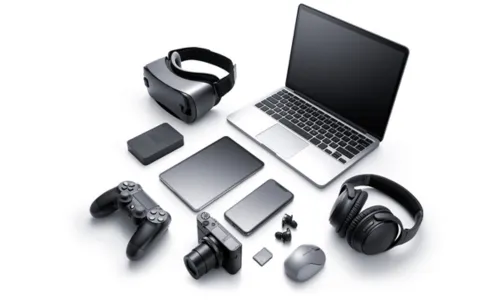The most important aspect of the successful 3D print is making proper 3D models. Best 3D modeling software can be a big difference whether you are printing small prototypes or those large production-ready parts. This blog will allow you to know the top 3D modeling software for 3D printing of 2025. We’ll also look at software that works well with plastic 3D printing, supports multi-material 3D printing, and fits different types of 3D printing processes.
Why Software Matters in 3D Printing
The success of a 3D modeling software for 3D printing often begins with the model. A bad model results in errors, failed prints, or weak structures. Good software helps create printable models with correct dimensions, thickness, and internal supports. Some programs are built for beginners. Others are designed for professionals or engineers.
TinkerCAD – Best for Beginners
TinkerCAD is free, web-based, and very simple to use. It’s owned by Autodesk and built for kids, students, and hobbyists. You can drag and drop shapes to create designs. There’s no steep learning curve. You can export models directly to STL, ready for 3D printing. It’s perfect for simple parts, toys, or educational models. While it lacks advanced features, it works well with plastic 3D printing and basic printers.
Fusion 360 – Best for Professionals
Fusion 360 is a powerful 3D modeling software for 3D printing by Autodesk. It combines modeling, simulation, and CAM in one platform. It perfectly suits engineers, designers as well as the small manufacturers. It is possible to design mechanical parts, structures and detailed products. Fusion 360 allows working with multi-materials print outs and produces outstandingly-quality STL documents.
Blender – Best for Artistic Designs
Blender is an open-source 3D design suite. It’s widely used in animation and game development. However, its modeling tools are also great for 3D printing. You can sculpt, shape, and adjust every aspect of a model. Artists love it for its freedom. Blender supports mesh repair and has plug-ins to check printability. It’s ideal for artistic prints and figurines.
SolidWorks – Best for Engineering Projects
SolidWorks is known for its powerful CAD features. It’s mainly used in mechanical and industrial design. The software can handle assemblies and simulate loads or heat in objects. It’s especially useful when working with different types of 3D printing, like SLA or SLS. While it’s expensive, SolidWorks is a top choice for professional-grade projects.
SketchUp – Best for Quick Designs
SketchUp offers fast 3D modeling and intuitive tools. Originally made for architectural work, it’s now used for 3D printing too. Its drag-and-drop modeling style is easy to learn. SketchUp Free runs in a browser. SketchUp Pro includes export options and advanced features. With the right plug-ins, it becomes very effective for 3D printable models.
Comparison Table: Best 3D Modeling Software for 3D Printing
| Software | Best For | Free Version | Output File | Ease of Use | Ideal for |
| TinkerCAD | Beginners | Yes | STL | Very Easy | Plastic 3D Printing |
| Fusion 360 | Professionals | Yes (limited) | STL, OBJ | Moderate | Multi-Material Printing |
| Blender | Artists & Designers | Yes | STL, OBJ | Moderate | Figurines & Art Prints |
| SolidWorks | Engineers | No | STL | Hard | Industrial Prototypes |
| SketchUp | Fast Modeling | Yes | STL | Easy | Architecture & Models |
Understanding 3D Printing Technology

Before choosing your software, it’s important to understand the basics of 3D printing technology. The most common printing methods include FDM, SLA, and SLS.
- FDM (Fused Deposition Modeling) is popular in plastic 3D printing.
- SLA (Stereolithography) uses resin and offers fine details.
- SLS (Selective Laser Sintering) is used for complex industrial parts.
Each method requires slightly different modeling techniques. Software that can export STL or OBJ files and adjust model thickness is preferred.
Types of 3D Printing and Suitable Software
| Type of 3D Printing | Materials Used | Ideal Software | Use Cases |
| FDM | Plastic (PLA, ABS) | TinkerCAD, Fusion 360 | Toys, parts, home items |
| SLA | Resin | Blender, Fusion 360 | Jewelry, miniatures |
| SLS | Nylon, powders | SolidWorks | Engineering parts |
| Multi-Material | Flexible & rigid | Fusion 360 | Prototypes, flexible parts |
Features to Look for in 3D Modeling Software
When selecting 3D modeling software for 3D printing, look for these key features:
- STL Export: STL is the standard file for most 3D printers.
- Repair Tools: These fix holes or issues in the model.
- Print Preview: Helps identify weak or thin areas.
- Material Settings: Useful when working with multi-material 3D printing.
- Cloud Access: Lets you work from anywhere.
In case you want to employ other types of 3D printing, you need to select a kind of software that allows you to change settings easily.
How Plastic 3D Printing Fits In
The most popular one is plastic 3D printing. It is cheap, quick and appropriate to most projects at home and school. The common plastics to be used are PLA and ABS. These are light materials which come in a wide range of colors. FDM printers that operate on plastic go well with software, such as TinkerCAD and SketchUp. For best results, models should have a wall thickness of at least 1.2 mm and no unsupported overhangs.
Multi-Material 3D Printing Made Easy

Multi-material 3D printing allows for printing objects using more than one type of material or color. Some printers use dual-extrusion systems. Others can pause printing to change materials. Fusion 360 and SolidWorks allow you to design separate bodies and assign them to different print materials. This helps in making flexible joints, color transitions, or combined soft and hard areas in the same print.
Software for Different Skill Levels
| Skill Level | Recommended Software | Reason |
| Beginner | TinkerCAD, SketchUp | Simple interface, fast learning |
| Intermediate | Blender, Fusion 360 | More control and flexibility |
| Advanced | SolidWorks, Fusion 360 | Complex modeling and simulations |
Choosing the right software also depends on your goals. A student learning to print toys has very different needs from a startup building drone parts.
Final Thoughts
The appropriate 3D modeling software for 3D printing makes the process easy and effective. If you want to print a toy, a part, or artwork, there is a tool that suits your requirements. TinkerCAD is terrific as a beginner. Fusion 360 is suitable for professionals. Blender is ideal to the artists. SolidWorks is perfect where industrial applications are concerned. With the increasing growth of 3D printing technology, the tools that accompany it are increasing as well.
FAQs
What is the best free software for 3D printing?
TinkerCAD is great for beginners and completely free.
Can I use Blender for 3D printing?
Yes, Blender supports STL exports and model repairs.
Is Fusion 360 good for multi-material printing?
Yes, Fusion 360 allows material-specific design settings.
What file format do 3D printers need?
Majorities of the 3d printers accept either STL or OBJ.
Is SketchUp 3D printing friendly?
Absolutely, SketchUp can be extended to print-ready model with extensions.








